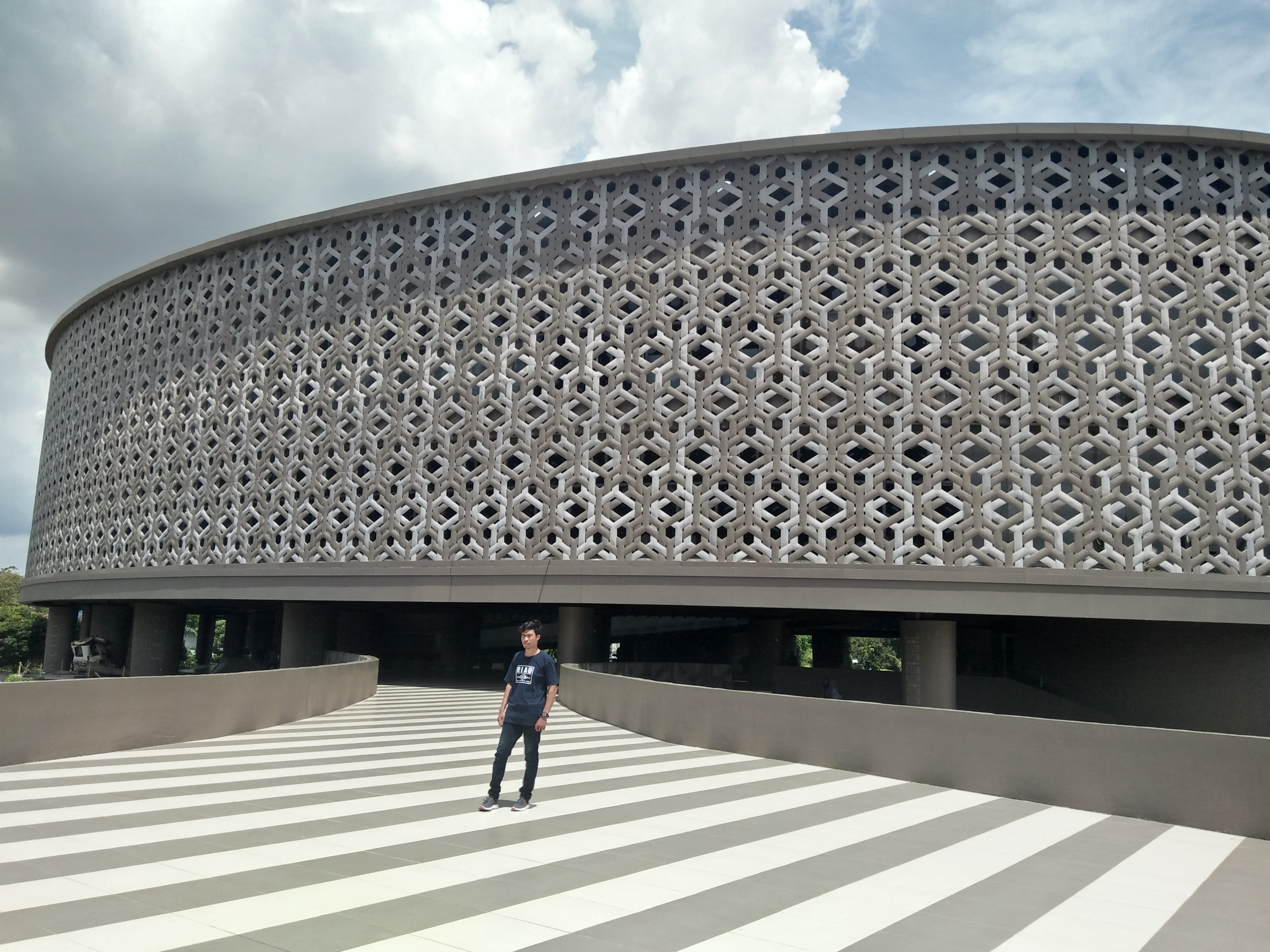
Good day, Hivers! This time, I want to write about the experiences I've had throughout my life. I used the phone's camera to record a really poignant event.
I'll talk about my visit to the Aceh Tsunami Museum for religious tourism in this piece. The day of December 26 was crucial for the Acehnese. This is a very holy and depressing time. For the people of Aceh - Nias in Indonesia, December 26 is a highly significant day in history. The tsunami that struck Aceh in 2004 was tragic. The Acehnese always remember the day the Aceh tsunami struck on December 26.
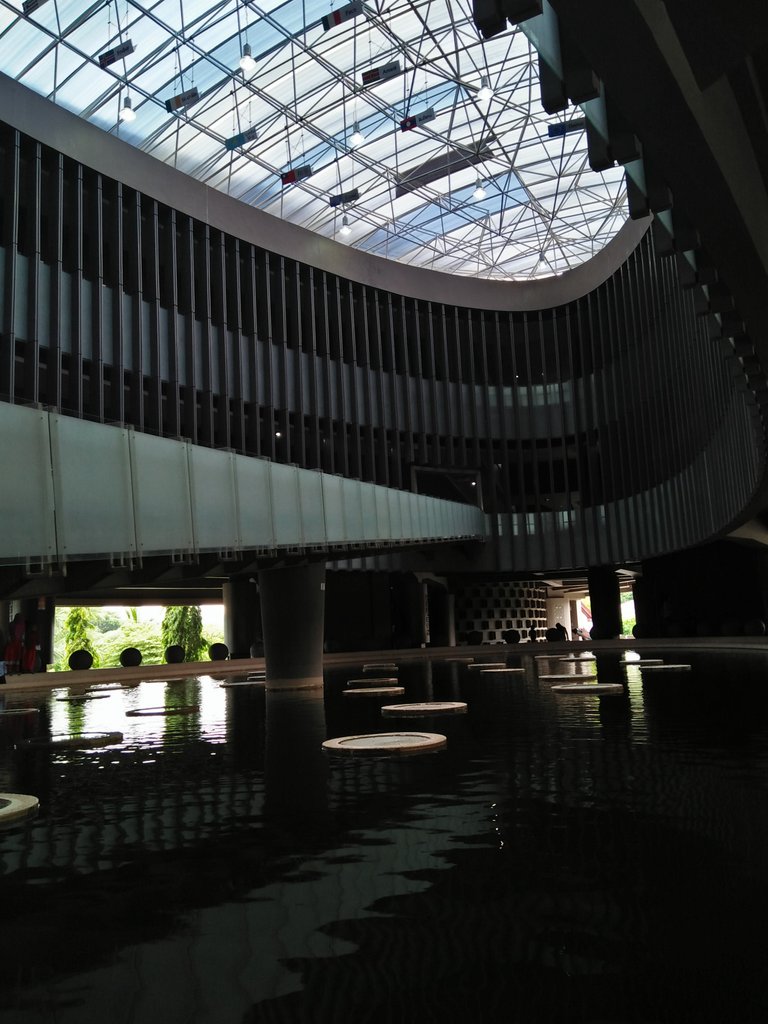
To commemorate a historically horrible catastrophe, December 26 is regarded as being highly sacred. A lot of religious events are held on this day to honor it. People worship, remember, visit mass graves, or pay a visit to tsunami relic sites. The Aceh Tsunami Museum is a museum located in the center of Banda Aceh. Tourists frequently throng this museum, especially around the time of the tsunami warning and the start of the new year. Both domestic and international visitors frequently throng this institution.
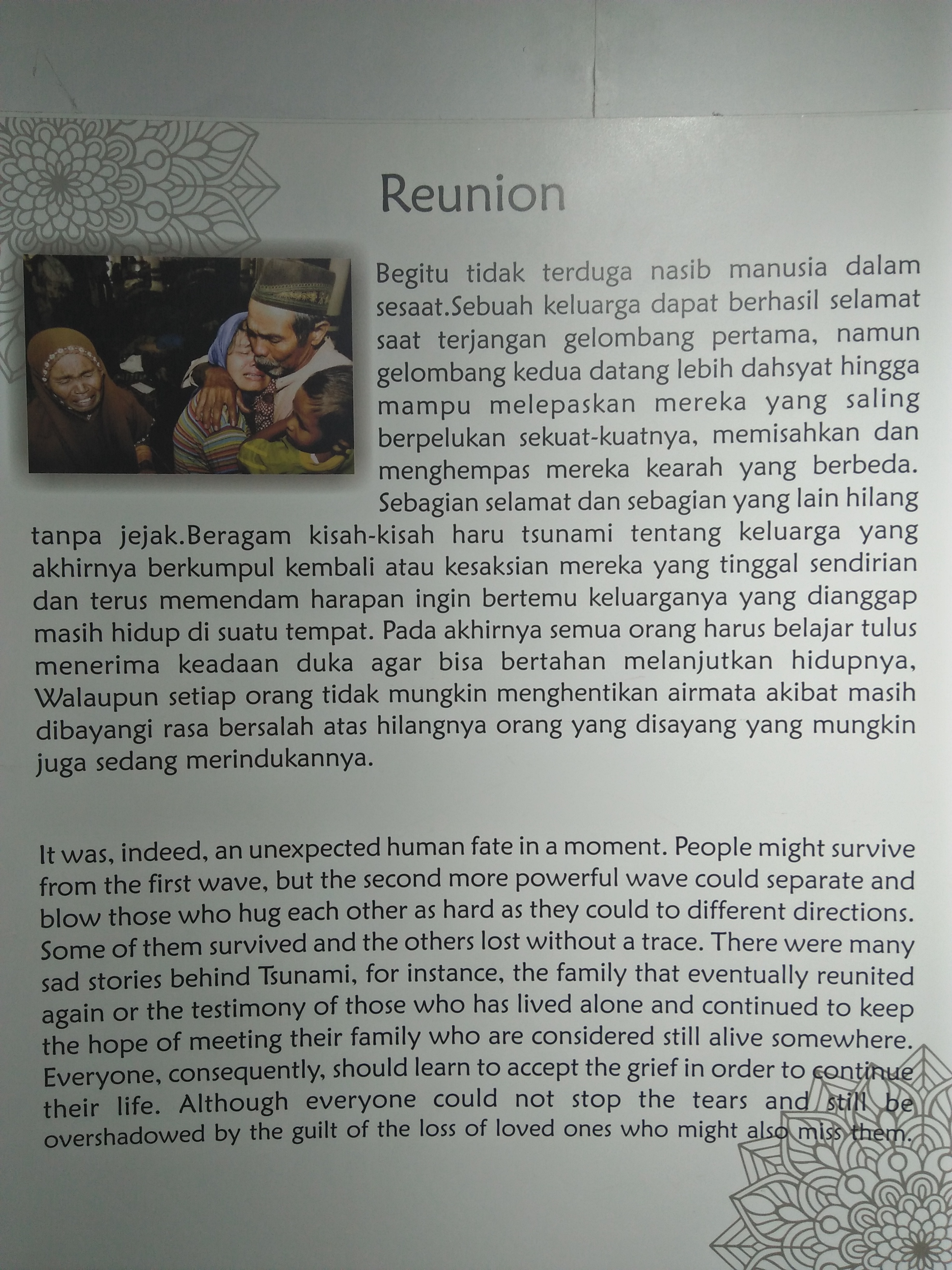
The Aceh Tsunami Museum existence has turned it into a location for tsunami catastrophe education. Numerous accounts of the Aceh tsunami were documented in order to impart education. There are also numerous models and simulations of the Tsunami disaster. By purchasing an admission ticket, visitors can take advantage of all the amenities offered at this museum. The cost of entrance tickets is approximately IDR 5 K per person. A guide is also present in the museum to help you navigate the space.
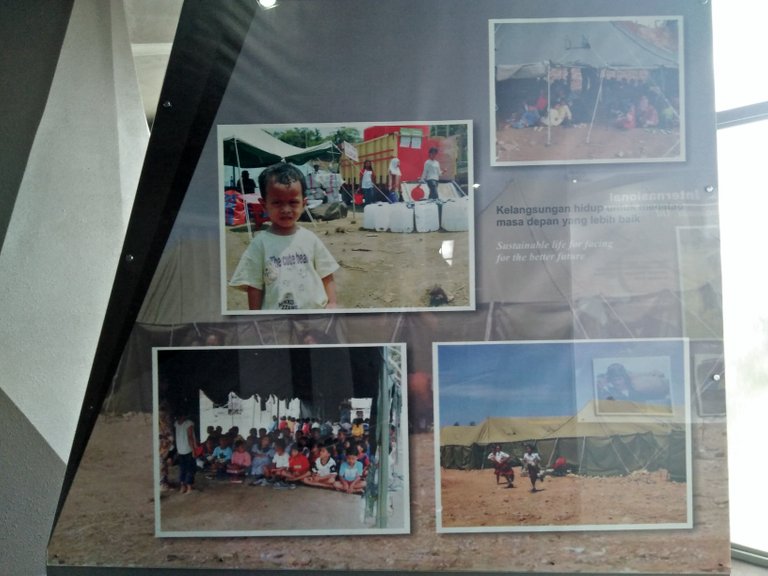
This museum physical structure has a distinctive architecture. The structure has three storeys, and the interior is nicely decorated and has an attractive design. This building's shape has been compared to a large wave. There are several documents showing the circumstances surrounding the tsunami that hit Aceh in 2004 inside the structure. The path that leads to this structure crosses a bridge that water splashes stole. The sound of people praying could be heard playing via the speakers on the very dark bridge.
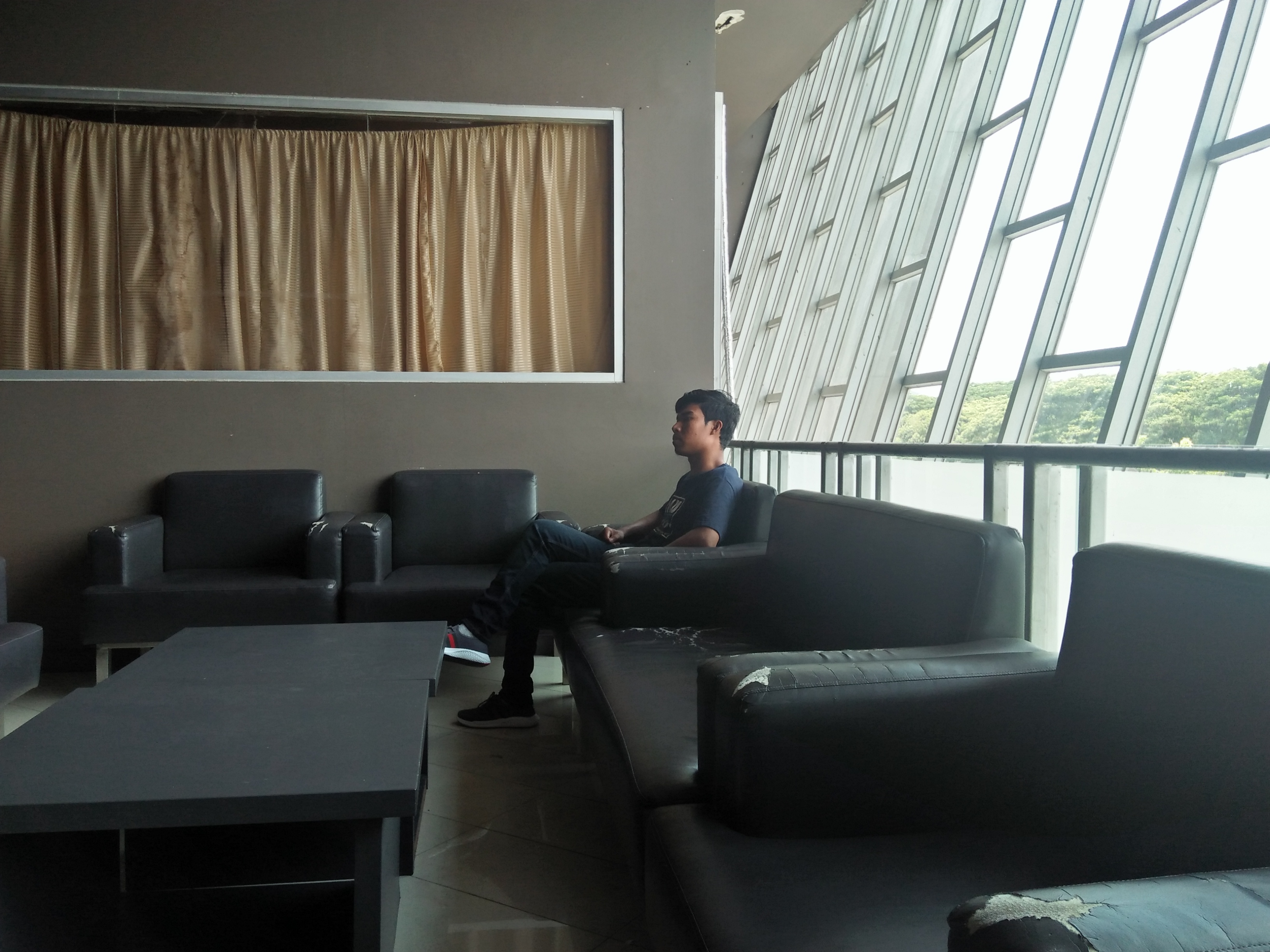
As we cross this bridge, we experience intense emotions and chills. We arrive in a chamber with rectangular-shaped concrete and a monitor screen after the journey. This concrete is compared to a tombstone with a death-related mindset. You can view various Aceh tsunami documentations while in this chamber on an LCD screen that is mounted to the walls and concrete. The names of those who perished in the tsunami are also listed in a chamber. We will appreciate it more if we can hear people reading from the Koran in this room and see Allah Arabic writing on the roof.
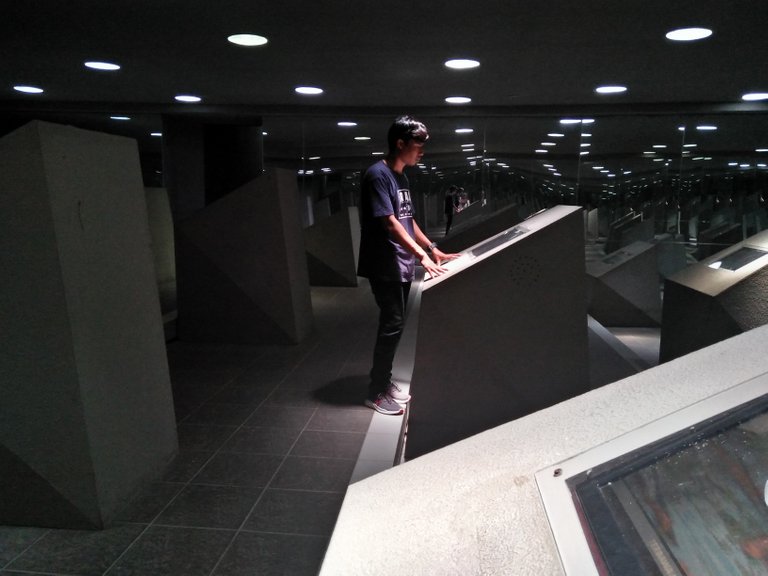
I had to enter a circular passageway with a circular walkway to reach to the second story. More material in the form of files and movies that were playing on the monitor screen on the wall could be discovered on the second floor. There are also other tsunami-related remnants on the floor. I observed damaged motorcycles and bicycles. Several holy objects, including the Koran and literature, are on exhibit in this chamber, along with an earthquake simulation tool. The damaged items are left overs from the tsunami catastrophe.
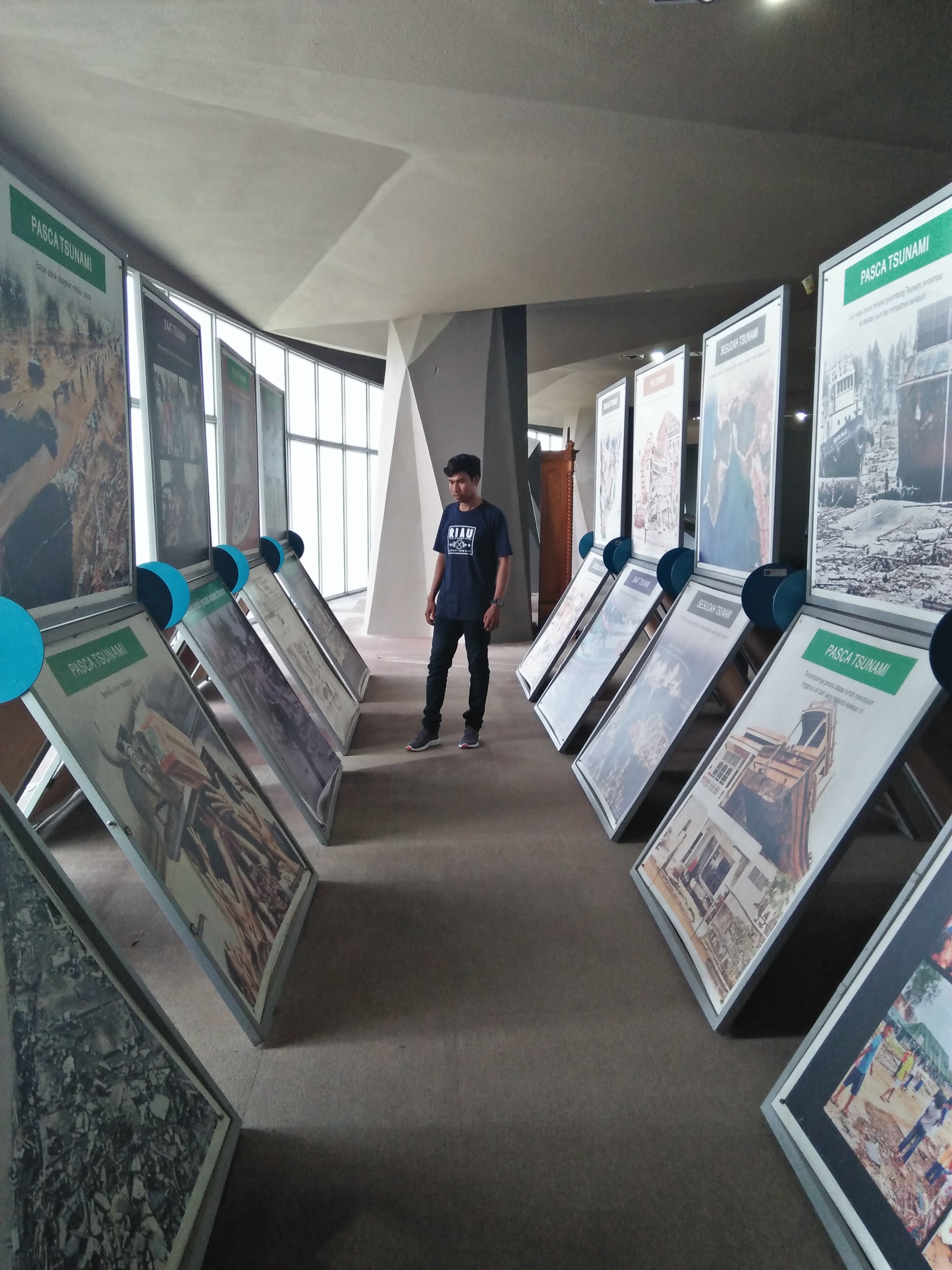
I walked into a room filled with pictures, almost like a photo exhibit. Photo documenting the devastation the tsunami caused to Banda Aceh's metropolis. Additionally, there are images of a group of bodies and the state of the refugees living in the camps. After that, I proceeded to the bridge of hope, which has a fish pond underneath it. There are numerous state flags that have donated to and helped Aceh at the top of this bridge. I exited the building and walked to the front yard's balcony to snap pictures.

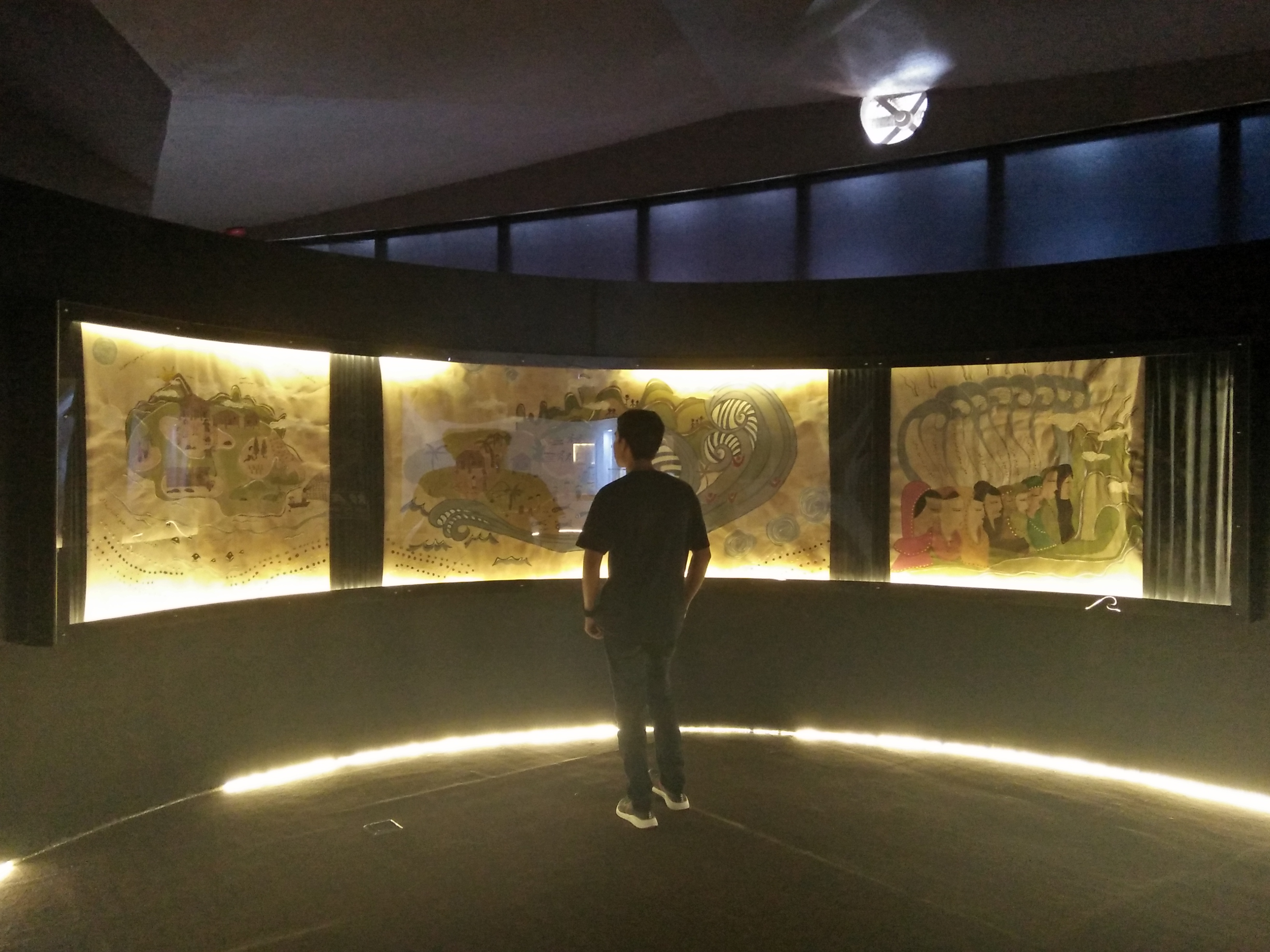
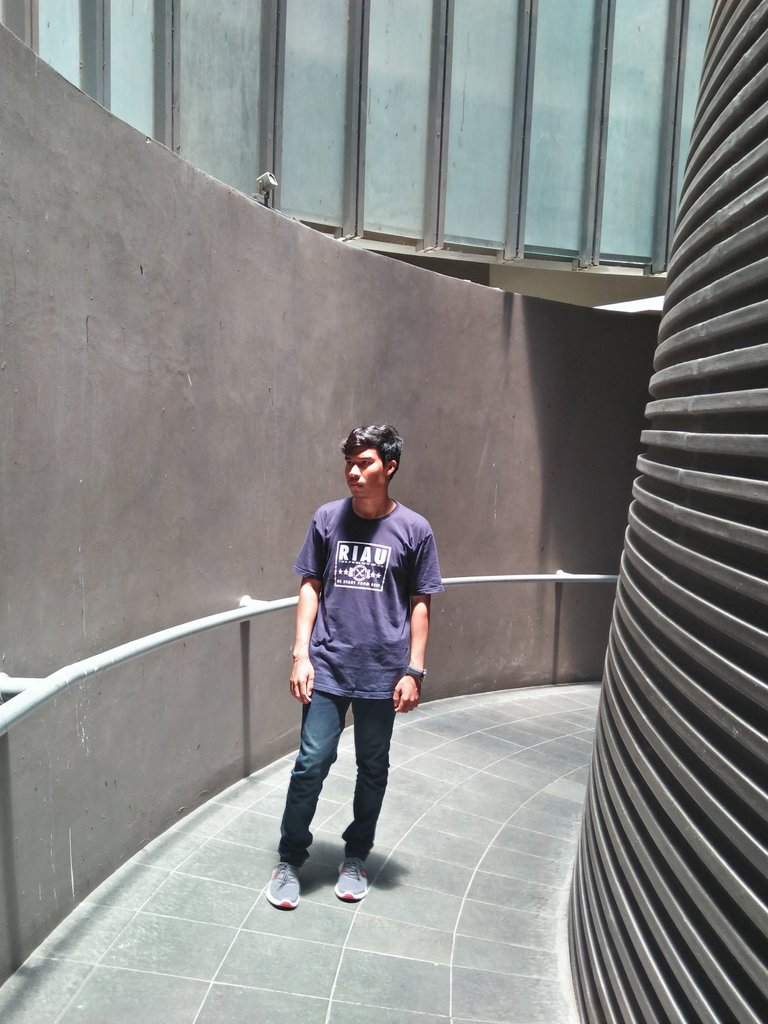
I meditate while taking in the fresh air on this balcony. We learn a lot about the tsunami disaster from visiting the museum. a location rife with regret, tears, and melancholy.
This concludes my piece, which I hope will be informative and helpful to readers.
I appreciate you stopping by and reading my post.






